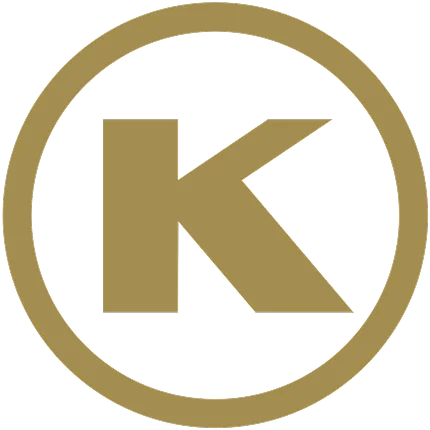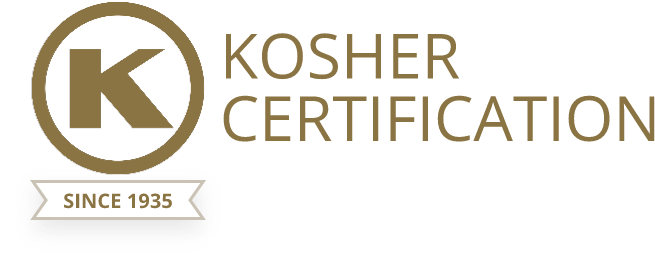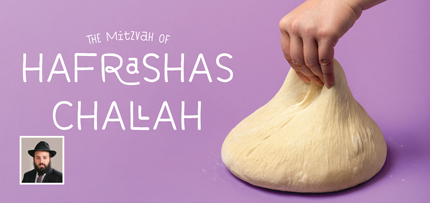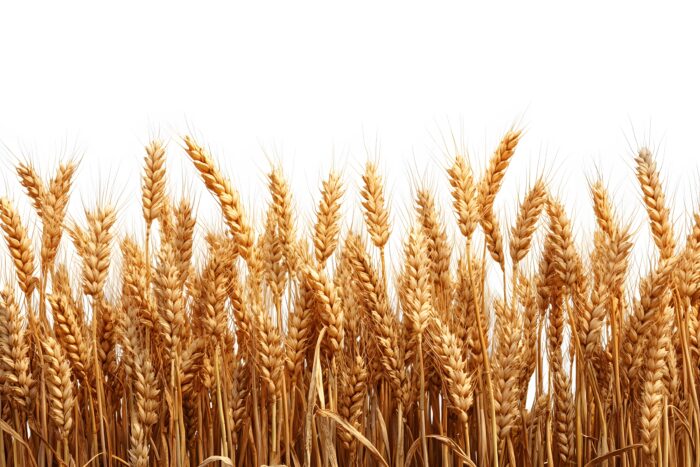Bnei Yisroel were given the mitzvah of hafrashas challah as an atonement for the sins of the meraglim (spies) who were sent in to gather information about Eretz Yisroel in Parshas Shlach.
Hashem spoke to Moshe saying: Speak to the children of Israel and you shall say to them.
When you arrive in the Land to which I am bringing you, and you eat from the bread of the Land, you shall set aside a gift for Hashem. The first portion of your dough, you shall separate a loaf for a gift; as in the case of the gift of the threshing floor, so shall you separate it. From the first portion of your dough you shall give a gift to Hashem in [all] your generations.1
The mitzvah of hafrashas challah during the time of the Mishkan and Bais HaMikdash was to separate and give a portion of dough to a Kohen. The portion was called “challah”. This obligation was specific to Eretz Yisroel when all of the Jews lived there. Today, the mitzvah is d’rabbanan, and outside of Eretz Yisroel we observe the mitzvah so that people will not forget the laws of challah.
While there isn’t an exact measurement of the amount of dough that needs to be separated, Chazal say that it should be at least 1/24th of the dough for a private person and 1/48th of the dough for a baker2 when challah is separated in Eretz Yisroel. These days, the custom is to take a k’zayis3 of dough, even in Eretz Yisroel, to minimize the chance of ritual impurity.
The original custom outside of Eretz Yisroel was to separate two portions of challah from every batch of dough – one to burn because of the status of ritual impurity of the Kohanim (without the above size requirement), and one for a Kohen to eat (even an impure one) that was at least 1/48th of the dough to remember the laws of challah. However, if the Kohen was ritually pure (immersed in the mikvah, or was a child) there was no need for a second portion, because it could be eaten in a state of ritual purity. According to the Rema, the custom is to take only one4 portion and burn it, even if there is a Kohen available. This is the prevailing custom today.
OWNERSHIP
Hafrashas challah is a mitzvah that only applies when the dough is owned by a Jew at the time of kneading. If a Jew receives dough from a Gentile as gift, and it has already been kneaded, hafrashas challah is not necessary. When a Jew has a Gentile partner, if the percentage that belongs to the Jew is large enough to require hafrashas challah (see below measurements), then challah must be separated. If the dough was hefker (ownerless), or was made for animal feed, there is no obligation to separate challah.
In order to separate challah, one needs to own the dough (alone or as a partner), or receive permission from the owner to separate challah.
If the dough is going to spoil before the owner returns to separate the challah, some Poskim (Halachic authorities) allow one to separate the challah without permission. On Erev Shabbos, when women usually want to perform the mitzvah themselves5, there are Poskim that do not allow someone to separate challah from dough that will spoil unless they have explicit permission to do so.
In the case of a domestic employee in the household of the owner of the dough, there is a debate between the Poskim whether it is permissible for the employee to separate challah without explicit permission even though the owner sometimes permits them to do so.
TYPES OF DOUGH
To fulfill the mitzvah of hafrashas challah, the dough must be made out of one (or more) of the Five Grains (חמשת מיני דגן)6.
1. Liquid Batter – Challah is only taken if the batter will be baked.
• Outside of Eretz Yisroel, if the batter is fried, challah is not separated. In Eretz Yisroel challah should be separated without a brocha.
• If any of the batter is baked, the entire batch has the obligation of hafrashas challah.
• Sun drying dough is not considered baking.
2. Thick Dough/Batter – If the dough is originally made as a thick (like a solid consistency) dough, one is required to separate challah. If the dough was intended to be deep fried, one does not need to separate challah. However, there are opinions that disagree about the status of thick fried dough; therefore, it is best to separate challah without a blessing or par-bake the dough.
3. Crêpes – Crêpes and similar products that are not baked, and are very thin, do not require hafrashas challah. If the batter is poured into a pan with a molded shape (like waffles or pancakes), there is an obligation to separate challah if it contains the minimum amount of required flour (see below).
4. Boiling Water – If flour was kneaded with boiling water and will be baked later, hafrashas challah is required.
5. Dough Made Entirely With Juice – Interestingly, one should not make dough using juice as the only liquid because juice leaves the dough ritually pure7. Ritually pure dough cannot be burned (which is the prevailing custom), and must be given to a Kohen. After the fact, if the dough was made exclusively with juice, challah must be separated.8 Today, the actual flour is treated with water during the manufacturing process, which makes the dough vulnerable to ritual impurity, so juice can be used as the sole liquid.
HOW MUCH DOUGH SHOULD I MAKE?
One is required to separate challah from dough that contains at least 43.2 beitzim (volume of an egg) of a flour made from one or more of the Five Grains. Another measurement given is 520 Dirham9. This measurement applies to the flour alone before any other ingredients are added.
There are various opinions about how to calculate the minimum volume using modern measuring tools.
• Rav Avraham Chaim Na’eh: 1 Dirham = 3.205 grams; therefore 520 Dirham = 1.6 kg. One is obligated to separate challah without a blessing from 1.2 kg (2.65 lbs).10
• Chazon Ish: 43.2 beitzim = 2.3 kg (5.07 lbs)11
• The Tzemach Tzedek12 writes that there is an obligation to separate challah beginning at 2 lb. 7oz.13, which is equivalent to 3 Russian “funt” (an obsolete Russian unit of weight).
One isn’t allowed to make the dough intentionally small to avoid separating challah,14 but if the batch of dough is too small to require hafrashas challah, sometimes they can be combined with other batches so that challah can be separated.
1. If the dough is sticky, batches can be combined (as long as they are touching each other) to reach the minimum requirement for hafrashas challah.
2. Even if the dough is not sticky, batches can be combined in one vessel as long as the walls of the vessel reach higher than the dough, or the dough is covered with a pot lid or cloth.
3. If the batches of dough do not belong to the same person, they cannot be combined unless the owners do not care if their dough gets mixed together.
4. If the batches of dough are of a different quality or taste, or made from different types of grains, they cannot be combined.
AT WHAT POINT IN THE PROCESS IS CHALLAH SEPARATED?
Dough only requires hafrashas challah after the water is added and it is time to knead the dough. It is best to wait until the entire batch is properly mixed before separating challah. If challah was separated before the dough was completely mixed, one must make sure that any dough that remains unmixed is less than the minimum required for hafrashas challah.
If one forgot to separate challah from the dough, it can be separated after baking. In Eretz Yisroel challah must be separated before any of the bread is consumed, but outside of Eretz Yisroel one can still separate challah even after the bread has been eaten, as long as there is some left over.
THE BROCHA AND PROCEDURE
When separating challah, the dough is covered with a cloth and the brocha of l’hafrish challah is recited over the mitzvah.
The nusach of the brocha is: Boruch atah Hashem, Elokeinu melech ha’olam, asher kidshanu b’mitzvosav v’tzivanu l’hafrish challah (or l’hafrish challah min ha’isah). Once the blessing was recited, a piece of dough should be separated (k’zayis) and one should say: “Harei zu challah” (This is Challah).
There are various opinions regarding the best nusach:
• The Shulchan Oruch says that one can say “l’hafrish terumah” (to separate terumah), which is the category to which the separated challah belongs.
• The Rema adds that one can say “l’hafrish challah”.
• The Taz brings an opinion which says that because there is an argument, one should combine both – “l’hafrish terumah challah”. There are many that use this nusach, mainly from Sefardic communities.
• The Shach adds that the best way is to say “l’hafrish terumah”.
The Oruch Hashulchon asks: If the best way is to say “l’hafrish terumah”, then why is the prevalent custom (in Ashkenazi communities) is to say “l’hafrish challah”? He answers that we do not give the challah to a Kohen these days, rather we burn it. Therefore, it is better to say “l’hafrish challah” since “terumah” implies that it is given to someone as their priestly portion.
The separated challah cannot be used for anything and must be burned. When the challah is burned, it should be done in a dedicated fire and not mixed with other foods. Practically speaking, the separated challah can be burned in the oven until it is charred and then removed from the oven before baking other foods. There should be a barrier (like foil) between the separated challah and the oven rack. Alternatively, it can be wrapped in silver foil and burned on the stove top. If the challah cannot be burned, it should be double wrapped and disposed of respectfully.
If the separated portion of challah somehow gets mixed back into the dough, a Rav should be consulted and he may need to do hataras nedarim (nullifying a vow).
In the merit of upholding the mitzvah of hafrashas challah, may we soon merit to give our challah to the Kohanim serving in the Third Bais HaMikdash with the immediate geulah shleimah.
1 Chumash Bamidbar 15:17-21.
2 There are two reasons: the baker has more expenses and the baker gives a lot more overall to the Kohen.
3 A k’zayis is the volume of an olive, which is 1/3 to ½ the volume of an egg. Rav Avrohom Chaim Na’eh’s opinion is that a k’zayis is 27 cc. This is a volume measurement and the conversion to ounces or grams depends on the item being measured. The majority follow this opinion.
4 Even in Israel the challah is not eaten.
5 As it’s one of the special commandments that have a special connection with women.
6 Wheat, barley, oat, rye, spelt.
7 In order to become impure, the flour needs to come in contact with specific liquids; juices are not included in that group.
8 In this case, it should be given to a young Kohen to be consumed.
9 Originates from the Greek coin known as a drachma. It was used as a unit of weight across North Africa, the Middle East and Persia.
10 As בדוחק this amount would be possible to achieve the guide lines of the Mishna.
11 The חזון איש holds like the צל”ח which is of the opinion that the eggs at the time of חז”ל were twice as large.
שו”ת יו”ד סו”ס רכג 12
13 This is also the opinion of ר’ יעקב וייל (שו”ת מהרי”ו סי’ קצ”ג), the רמ”א (ד”מ יו”ד סי’ שכד), ש”ך (שם ס”ק ג’)
14 If there are other reasons for making the dough smaller (which are mentioned in Halacha) it is permitted.


 EN
EN  ZH
ZH  KR
KR  BR
BR  ES
ES  IN
IN  IL
IL 




